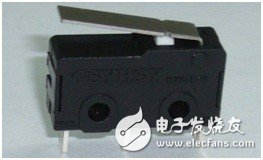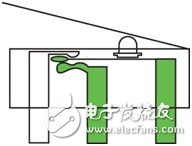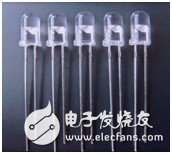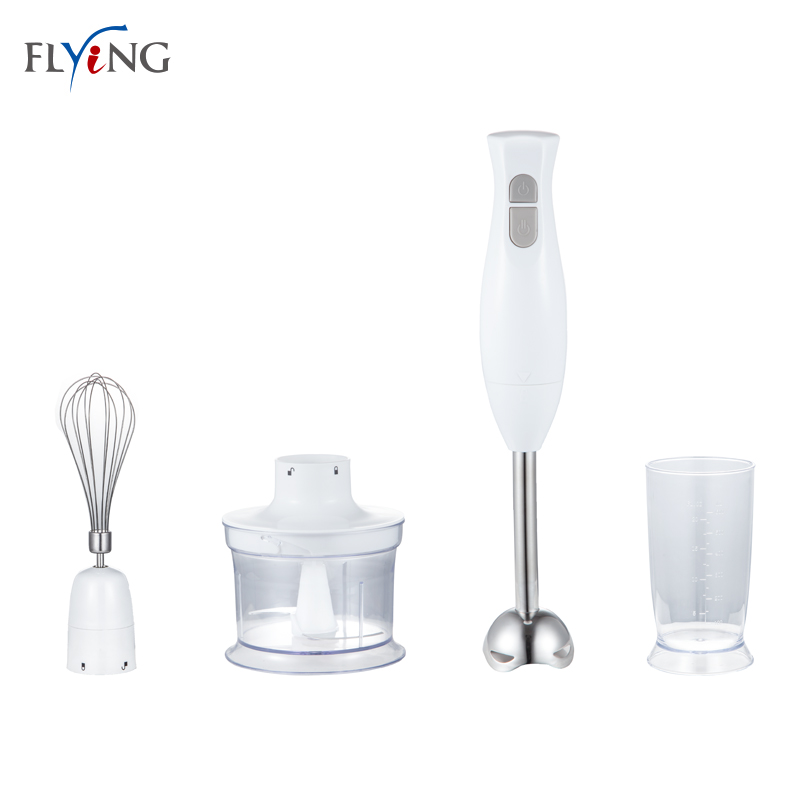"Machine substitutions" are poised for how they perceive the world?
For "Made in China", which used to rely on intensive labor to go global, robots are becoming one of the new boosts for transformation and upgrading. In the Pearl River Delta, the home appliance industry took the lead in "machine substitution", the electronic information industry has closely followed, and the automobile, textile and garment industries are also poised for development. One "unmanned factory" has replaced the workshops where workers have been sweating. So you know, what kind of sense does the robot rely on to sense the world and interact with us? Do they have "eyes", "nose", "ears"? This article is for everyone to inventory several commonly used sensors and their functions. Sensor for obstacle avoidance Obstacle avoidance can be said to be the most basic function of various robots, otherwise it will be difficult for the robot to touch the flowers and plants as soon as it moves. Robots don't have to visually perceive whether there are obstacles in front of them. They can also be perceived by sound waves through touch or like a bat. Therefore, sensors that detect the presence of obstacles in front of the robot can be classified into contact type and non-contact type. The most typical contact-type sensor is the collision switch (Figure 1). The working principle of the collision switch is very simple, relying entirely on the internal mechanical structure to complete the conduction and interruption of the circuit. When the external detecting arm of the collision switch is hit, the detecting arm is pressed down, and the reed inside the collision switch is driven to change, so that the conduction state of the circuit changes (Fig. 2). Figure 1 collision switch Figure 2 Working state diagram of the collision switch Most of the usage on the robot is to lengthen the probe arm to expand the detection range and sensitivity. When the robot hits the front obstacle, the signal end of the collision switch can return to a high level, and the control chip can thus know that there is an obstacle in front of the car. The advantage of the collision switch is that it is cheap, generally only a few dollars per retail, easy to use, wide range of use, and no restrictions on environmental conditions. But the collision switch also has one of the most obvious shortcomings, that is, obstacles must be detected after a collision. This is quite a loss in some robot competitions, and its practicality is greatly reduced in some practical applications. After a long time, the switch is prone to mechanical fatigue and cannot continue to work normally. Non-contact tap-change switches generally work similarly to sonar and radar. They emit sound waves or certain rays. When obstacles are encountered, sound waves or rays are reflected back and received by the sensor. At this time, the sensor thinks that obstacles are found. . The most commonly used is the sensor that emits and receives infrared light (Figure 3, Figure 4). Figure 3 infrared launch tube Figure 4 infrared receiver tube The infrared barrier sensor has a lower cost (of course, it is higher than the collision switch), the circuit is simple, and the detection range is large. If a potentiometer is added to the circuit, the sensor's detection range can be adjusted at any time. This detection method is non-contact, which is more convenient and flexible to control. However, this method of measuring obstacles also has disadvantages, and multiple infrared sensors are easy to interfere with each other. Therefore, it is necessary to pay more attention to the layout of the sensor, and the installation position should also avoid collision of infrared signals as much as possible. Sensor for ranging The robot light knows which direction has obstacles and is not enough. It is also necessary to know how far the obstacles are from the specifics, so as to judge the next action. At this point we need a range sensor. Most of the ranging sensors are non-contact type. Currently, infrared and ultrasonic ranging sensors are used in the field of personal robot making. When it comes to infrared ranging sensors, you can't help mention Sharp's GP2D12 infrared ranging sensor (Figure 5). GP2D12 is almost a must-have sensor for robotic enthusiasts, and most of the personal robots we usually see can be seen. No picture without truth, I believe many friends can not help but see the physical map of GP2D12: "Oh, it is it!" Is it familiar? To be honest, except for personal robots, I have never seen this in other places. (Figure 5) Infrared ranging sensor The advantage of this kind of sensor is that it is small in size, accurate in measurement, and the power supply voltage and output signal are both conventional. Generally, the single-chip system can be directly used. The disadvantage is that the cost is high and the purchase route is less. The ultrasonic ranging sensor (Fig. 6) is also a very common ranging sensor. It relies on the time difference between the emission of the ultrasonic wave and the reflection receiving to determine the distance. This is the same as the bat in the animal world. It is an application of bionics. Figure 6 ultrasonic ranging sensor Ultrasonic distance measuring sensors have many specifications, and the testing distances are also from far to near. The price difference is also large. The general robot enthusiasts use measuring ranges from a few centimeters to several meters. The advantage of ultrasonic ranging is that the measuring range is large and the optical signal is not used, so the color of the measured object has no influence on the measurement result, but the cost is high. Because it relies on sound velocity ranging, it is sensitive to some factors affecting the speed of sound, such as temperature, wind speed, etc., and the maximum allowable angle is small.
Hand Blenders 4 In 1 are the full set hand blenders series, with Stick Blender, chopper jar, breaker cup and egg whisk. They are more multifunctional.
Description for Hand Blenders 4 In 1
700W, full copper DC motor, low noise
Five grade continous speed control
With Turbo function
Stainless steel body & stick
Slim ergonomic design
With 650ml chopper jar, 800ml breaker cup, egg whisk & hook
Carton Box: 64*27.6*49.5cm 8pcs/ctn
20'GP:2384pcs 40'HQ:5144pcs
Hand Blenders 4 In 1 Hand Blenders 4 In 1,Kitchenaid Stick Blender,Kitchen Electric Hand Blender,Electric Hand Held Blender Flying Electronic Co., Ltd , https://www.flyingelectronic.com







